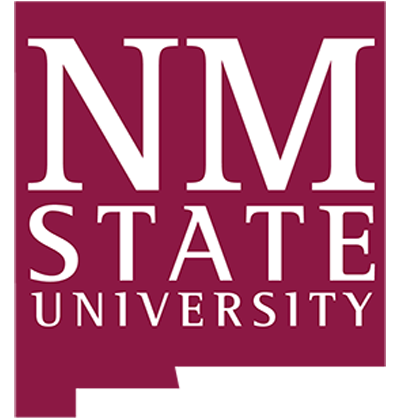 |
||
|
Graduate students consider articles, selecting that one which they will use as the basis of their Ph D qualifying examination. |
Ph. D. candidates must take the qualifying examination within 24 months of entering the Ph. D. program.
The purpose of the qualifying examination is to determine the adequacy of a student’s preparation for doctoral-level work.
A student is qualified to sit for the Ph.D. exam if he or she was accepted into the M.S. or Ph. D. program in Chemical Engineering and has successfully completed the graduate CHME core (CHME 501, 506, 516, 542, and 594).
The format of the qualifying exam in Chemical Engineering consists of a written and oral literature critique. The exam assesses a student’s ability to critically evaluate a recently published research article in chemical engineering journals. Specifically, the student will:
- Identify the problem(s) addressed in the article.
- Formulate a critical appraisal of the authors’ contributions to the problem(s) AND the significance of the work in light of other publications in the field.
- Critically evaluate the technical soundness of both the approach used AND the results obtained in the published work.
- Propose, in concrete terms, research work that might be done to extend and (if necessary) improve upon the study discussed in the article.
Students taking the exam will be given three research articles to consider. Articles are submitted by CHME faculty to the Qualifying Exam Coordinator, who subsequently assures no student is given the option to select an article submitted by their own supervising professor. The student will choose one of those three articles to evaluate and submit within ten working days a written document addressing the five points listed above.
The Qualifying Exam coordinator will deliver a presentation entitled, “Preparing for the PhD Qualifying Examination” on article selection day to assist students in understanding how to be successful in this undertaking.
Examination Committee:
- Three of the CHME faculty members will form the examination committee of each examinee.
- Committee members will not include the student’s supervising professor, nor the faculty member submitting the article that forms the basis of a student’s examination.
Examination Rules:
- Student must analyze the assigned article and compose the written critical report themselves with no assistance from others. However, students may obtain editorial help with the grammar, punctuation, spelling, and so forth. Under no circumstances is the editor/proofreader allowed to read the journal article you are reviewing.
- Student must prepare an oral presentation themselves with no help from others. However, students may practice their presentation before a group of their fellow graduate students. Under no circumstances may the audience be allowed to read either the article the student is reviewing or the student’s written review of the article.
- If student requires access to journals or other references, it is permissible to request assistance from the professor who submitted the article being reviewed.
- Student may not discuss their written report or their oral presentation with their adviser.
- Violation of these rules may result in failure for the Qualifying Examination.
- Written reports must be limited to six (6) single-spaced pages, prepared using 12 point Times New Roman font and having 1” margins on all edges of the document. All figures, tables, and bibliographic lists must be attached on separate pages, not included inline with the written text of the exam.
- The student’s research advisor may attend the student’s presentation, but may not be present during the question & answer session that follows.
- Students are advised to heed the guidelines found in the standard for communications in the department.
The oral presentation will be approximately one hour in length; the student will give a 20-minute presentation, followed by a 40-minute question and answer session. The oral presentation is expected to cover the research field background, content of this article, and critical appraisal of both the piece of work represented by the article, as well as future work suggested by the article (explicitly and implied).
Consistent with the policies of the Graduate School, the examining committee would have four options for each student taking the exam:
- Admit the student for further work toward the doctorate.
- Recommend that the student limit his or her program to the Master’s degree.
- Recommend re-evaluation of the student’s program after the lapse of a semester.
- Recommend that the student discontinue graduate work.
- If the committee votes for Option C, the student would be allowed either to retake the qualifying exam the next time it is offered or to retake it after waiting a year.
Upon successful completion of the qualifying examination, the student must submit the form “Program of Study and Committee for Doctoral Students” to the Graduate School, at which time the student is admitted to the doctoral program. The committee must consist of the student’s advisor, two or three other members of the faculty in Chemical Engineering and a Dean’s representative (a faculty member from another department at NMSU). All committee members must be members of the graduate faculty at NMSU. It is the candidate’s responsibility to check with the Graduate School as to the status of all potential committee members.
: Submit your Form


